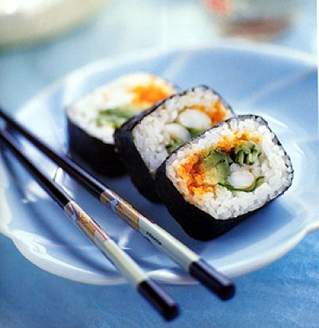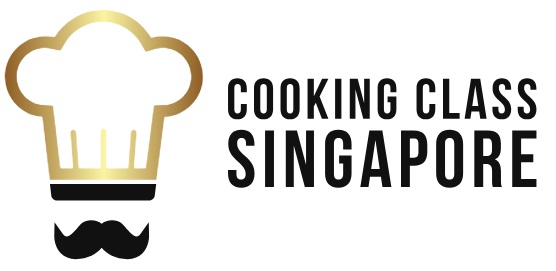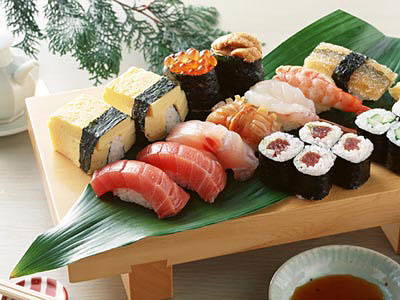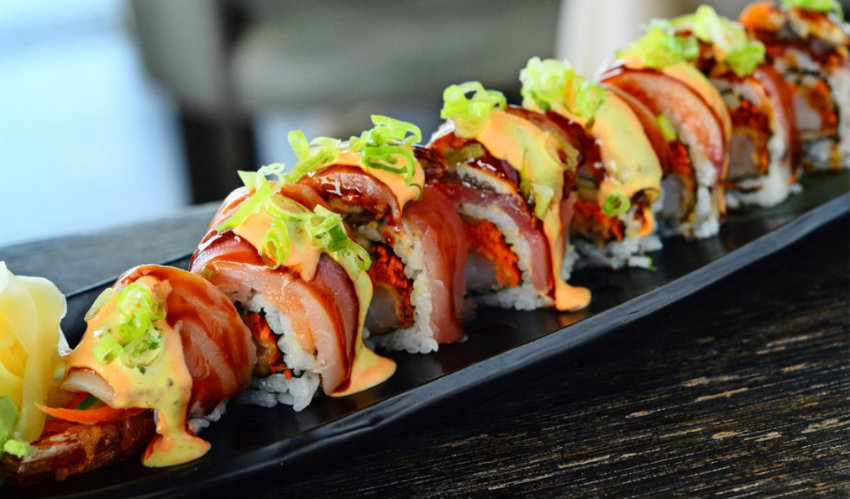Master the techniques of Making Sushi in Sushi Cooking Classes
Love Japanese food and want to learn how to make sushi?
Our Sushi cooking classes cover an in-depth study of the essentials of preparing, presenting, and serving roll and nigiri sushi and sashimi as well as the principles of a wide range of Japanese dishes.
The topics besides sushi and sashimi making include but are not limited to:
- Japanese culinary history and culture,
- how to handle and maintain knives and utensils,
- how to make the best use of seasonal seafood and vegetables,
- Japanese basic sauces and stocks, kaiseki dishes, popular Japanese home-cooking dishes, and
- restaurant business management concepts.
This course examines the fundamentals of sushi making and traditional Japanese cuisine in a concentrated five-day period.
With a smaller class size than the intensive course, this course is designed to cater to the specific needs of the students.
With some professional culinary backgrounds and ambition, the students will incorporate their very own “Japanese twist” into their future menus as well as those who plan to make a career change in the world of Japanese cuisine.
Cooking Class Singapore recommends this Sushi cooking class for students who want to learn the best way of cooking!
First of all, what is Sushi?
Sushi is a Japanese food consisting of cooked vinegared combined with other ingredients usually raw fish or other seafood.
Ingredients and forms of sushi presentation vary widely, but the ingredient which all sushi have in common is vinegared rice.
The vinegared rice is also referred to as shari and sumeshi.
Raw meat usually but not necessarily seafood sliced and served by itself is sashimi.
Many non-Japanese use the terms sashimi and sushi interchangeably, but they are not synonymous.
Sushi refers to any dish made with vinegared rice.
Traditionally, sushi is served on minimalist Japanese-style, geometric, mono- or duo-tone wood or lacquer plates, in keeping with the aesthetic qualities of this cuisine.
Many sushi restaurants offer fixed-price sets, selected by the chef from the catch of the day.
These are often graded as shō-chiku-bai, shō/matsu, chiku with Matsu the most expensive and ume the cheapest.
A sushi Cooking Class is indeed a good start in learning Japanese cuisine.
Sushi Cooking Class: The History Behind Sushi
 Sushi cooking class cannot be known without its main product “sushi” being discovered.
Sushi cooking class cannot be known without its main product “sushi” being discovered.
What is the history behind sushi?
The first thing to realise is that “sushi” doesn’t mean “raw fish”.
It actually refers to a dish of vinegared rice served with various fillings and toppings, which may include raw fish.
Sushi was originally invented as a means of preservation when fermented rice was used to store fish for anything up to a year.
Sushi is said to have originated in China between the 5th and the 3rd centuries BC, as a means of preserving fish in salt.
Narezushi, the original form of sushi, has been made in South East Asia for centuries, and nowadays, there are still traces of it in some parts.
Narezushi appeared in Japan in the 8th century and still survives today in the form of foods such as carp sushi.
Narezushi was primarily a means of food preservation, and each Japanese region developed its own version.
In those days sushi was eaten during feast days and festivals and was also an integral part of the celebration.
Generally speaking, narezushi was made of rice and fish pickled together, mixed with rice vinegar and sake, laid under a large stone to prevent decay and left to ferment.
However, the rice was used primarily to encourage fermentation and was discarded so that only the fish was eaten.
Sushi Cooking Class is popular nowadays and enrollees increase year by year.


